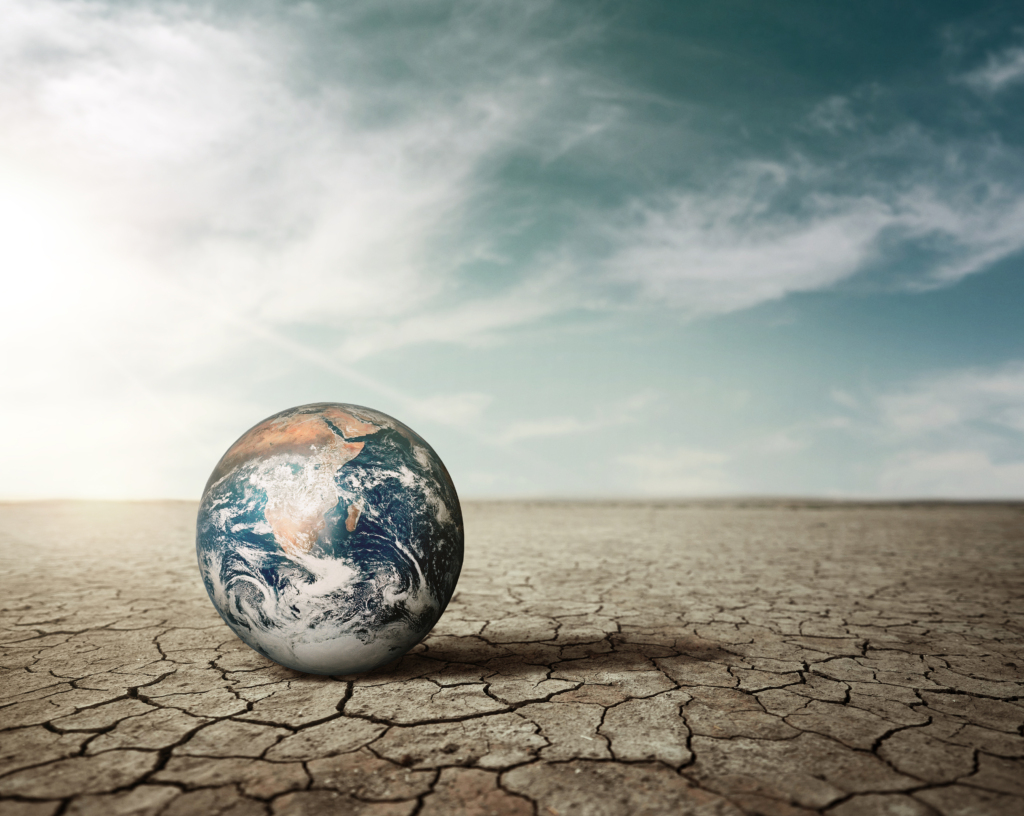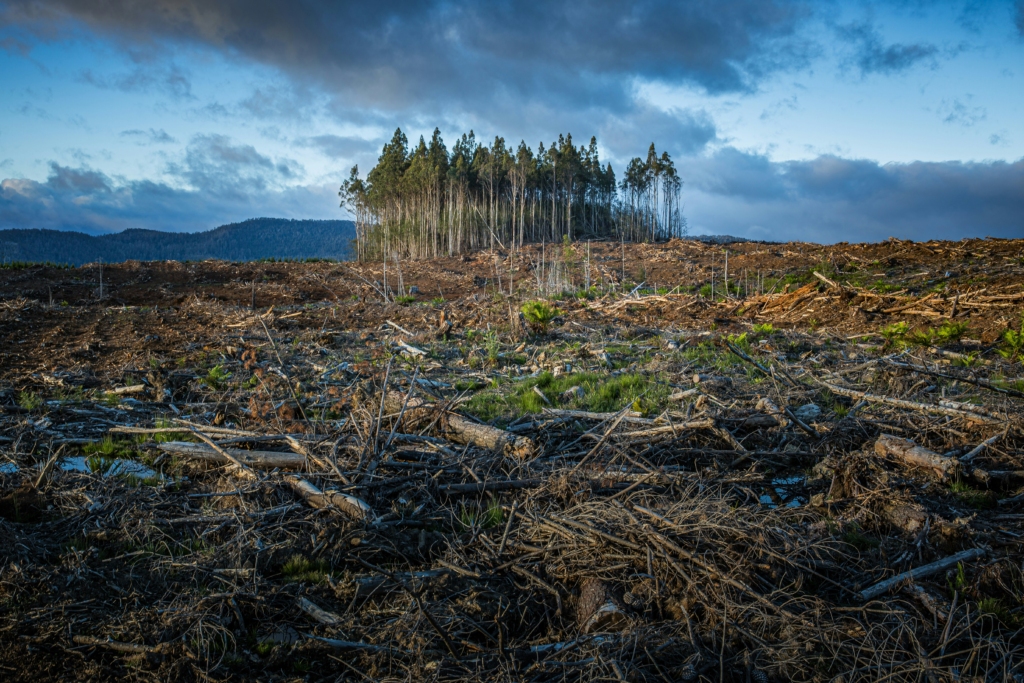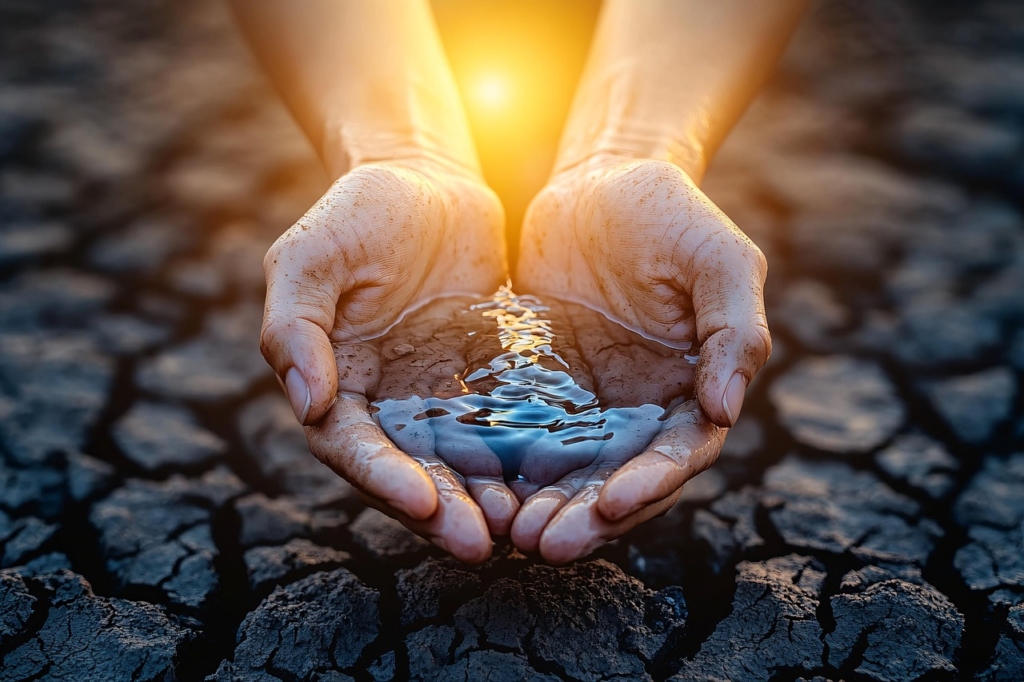Introduction
Weather affects every part of our lives, including agriculture, health, and disaster preparedness, as well as what we wear and how we travel. Every year on March 23, the globe celebrates globe Meteorological Day to recognize the role that weather, climate, and water play in forming our ecosystems and cultures. This day honors the founding of the World Meteorological Organization (WMO) and emphasizes how important meteorology is to human safety and well-being.
The historical context of World Meteorological Day, the roles played by WMO, its yearly themes, its worldwide significance, technical developments in weather forecasting, climate change concerns, and the value of meteorological awareness in contemporary society will all be covered in length in this article.
Historical Context.
WMO formation.
The WMO’s origins can be found in the International Meteorological Organization (IMO), which was founded in 1873 to make cross-border meteorological data sharing easier. However, the World Meteorological Organization (WMO) was established as a specialized agency of the United Nations as the need for a more formal organization increased, especially in the wake of World War II and the subsequent technological and geopolitical upheavals.
The WMO Convention went into effect on March 23, 1950. Today, this day is observed annually as World Meteorological Day. In 1951, WMO formally replaced the IMO as a UN specialized body.
Why March 23?
March 23 is a landmark date to commemorate advancements in environmental monitoring, climate research, and weather forecasting because it marks the official entry into force of the WMO Convention.
About the World Meteorological Organization (WMO).
WMO has 193 Member States and Territories and its headquarters are in Geneva, Switzerland. Among its main duties are:
- Coordinating hydrological and meteorological operations worldwide.
- Encouraging meteorological observations to be standardized.
- Encouraging the unrestricted sharing of weather information.
- Assisting with climate and weather research.
- Helping countries increase their ability to prepare for disasters.
In order to address concerns about climate unpredictability, natural disasters, environmental sustainability, and public safety, the organization is essential.

World Meteorological Day’s Goals.
Public Awareness: To increase understanding of the role that weather services play in people’s everyday lives.
1. Encourage International Cooperation: Stress the need of cross-border cooperation in forecasting and data exchange.
2. Encourage Sustainable Development: Stress the connection between attaining global development objectives and meteorological knowledge.
3. Celebrate Innovation: Honor the developments in communication, data science, and technology that have transformed weather forecasting.
4. Fight Climate Change: Encourage climate action and environmental readiness for the world’s problems.
Yearly Themes and Their Importance.
Every year, a different theme that highlights a significant area of weather, climate, or environmental science is used to commemorate World Meteorological Day. Among the noteworthy subjects in the past several years are:
- 2024: Leading the Way on Climate Action
- 2023: Weather, Climate, and Water: A Generational Perspective
- 2022: Prompt Alert and Prompt Response
- 2021: The Sea, Our Weather, and Climate
- 2020: Water and Climate
These themes are used as a foundation for planning outreach initiatives, publications, seminars, and events all over the world.
Society and Meteorology.
Part of Disaster Management.
For early warning systems to anticipate and lessen the effects of natural disasters, meteorological data is essential. Examples of these systems include:
- Hurricanes.
- Floods.
- Droughts.
- Heat waves.
- Fires.
In areas vulnerable to natural disasters, timely weather forecasts and alarms have prevented millions of fatalities and minimized financial damages.
Food Security and Agriculture.
Farmers depend on precise weather predictions for:
- Crop planting and harvesting.
- Controlling irrigation.
- Keeping cattle safe.
In order to guarantee food security and sustainable farming, WMO supports agrometeorology by offering meteorological and climate data specifically suited to agriculture.
The Public Health.
The following weather factors affect how diseases spread:
- Malaria (associated with patterns of rainfall).
- Heatstroke (during heatwaves).
- Respiratory Problems (caused by temperature and air quality).
Early planning and prevention are aided by meteorological services for health authorities.
Meteorological Technological Advancements.
Satellites and Remote Sensing.
Satellites in orbit around the planet offer ongoing surveillance of:
- Patterns of clouds.
- Temperatures of the sea surface.
- Formation of storms.
- Melting ice.
For worldwide weather monitoring, satellites such as GOES, METEOSAT, and INSAT are essential.
Radar systems.
Forecasters can issue timely alerts and warnings thanks to radar systems’ ability to detect precipitation, thunderstorms, and cyclones.

NWP stands for Numerical Weather Prediction.
Supercomputers use mathematical models to mimic intricate atmospheric processes. These models produce incredibly accurate short- and long-term projections when paired with real-time data.
Machine learning and artificial intelligence.
More and more, artificial intelligence is being utilized to:
- Forecast severe weather conditions.
- Examine past weather trends.
- Boost the precision of forecasts.
One worldwide issue is climate change.
Meteorology’s Function in Climate Science.
Climate change is a current reality rather than a threat for the future. The following are demonstrated by meteorological data:
- Global warming.
- Polar ice caps melting.
- Sea level rise.
- Changing weather trends.
WMO plays a key role in supporting the Intergovernmental Panel on Climate Change (IPCC) and organizing global climate monitoring.
Severe Weather Conditions.
The frequency and intensity of the following have noticeably increased:
- Hurricanes.
- Droughts.
- Floods that occur suddenly.
- Heat waves.
Meteorological research aids in comprehending these shifts and offers guidance on adaption tactics.
WMO Initiatives and International Partnerships.
WMO operates a number of global initiatives, such as:
- Climate Services Global Framework (GFCS).
- Program for Global Climate Research (WCRP).
- Watch the Global Atmosphere (GAW).
- System for Observing the Hydrological Cycle (HYCOS).
These applications are intended to:
- Increase developing nations’ capacity.
- Encourage global cooperation.
- Boost climate resilience.
Citizen engagement and educational outreach.
Around the world, educational campaigns are started on World Meteorological Day. These consist of:
- Seminars in schools and colleges.
- Scientists’ public talks.
- Displays of meteorological data.
- Campaigns to raise awareness on social media.
- Interactive applications and documentaries.
The goal of these initiatives is to raise public awareness of and participation in environmental issues, particularly among young people.
Worldwide Celebrations of World Meteorological Day.
Nations throughout the world commemorate this day by:
- Ceremonies for raising the flag.
- Honors for researchers and meteorologists.
- Putting weather balloons into the air.
- Releasing yearly weather and climate reports.
- Holding conferences in other countries.
For instance, India hosts events under the auspices of the India Meteorological Department (IMD) to showcase the country’s accomplishments in agriculture, disaster relief, and forecasting.

The Meteorological Future.
Challenges:
- Climate Uncertainty: Conventional forecasting methods are becoming less accurate due to shifting climatic trends.
- Data Gaps: Infrastructure for real-time monitoring is frequently lacking in developing nations.
- Communication: It is still difficult to effectively distribute forecasts to vulnerable and distant people.
Possibilities:
- Smart Technology: Combining mobile applications, IoT, and AI to provide individualized weather notifications.
- Global Partnerships: Improved collaboration via public-private partnerships and UN frameworks.
Promoting the participation of young scientists and inventors in meteorological research is known as youth involvement.
In conclusion
World Meteorological Day is a pertinent reminder of how nature and human existence are intertwined. In addition to being environmental concerns, weather, climate, and water are also political, social, and economic objectives. We may better prepare for the difficulties of the twenty-first century, honor the heroes behind the predictions, and consider the advancements in meteorological research by commemorating this day.
The importance of meteorology increases as climate change picks up speed. Knowing the weather and climate will influence our future as a society, from preventing fatalities to designing sustainable communities. In addition to celebrating scientific accomplishments, we reaffirm our dedication to a safer, more resilient world by raising awareness on World Meteorological Day.
Disclaimer:
The information presented in this article is for educational and informational purposes only. While every effort has been made to ensure the accuracy and reliability of the content, the author and publisher do not assume any responsibility for errors, omissions, or any outcomes resulting from the use of this information. Readers are advised to consult official sources, such as the World Meteorological Organization (WMO), national meteorological departments, or qualified experts for authoritative and updated data related to weather, climate, and environmental science. This article does not intend to provide professional or scientific advice and should not be used as a substitute for expert consultation.


